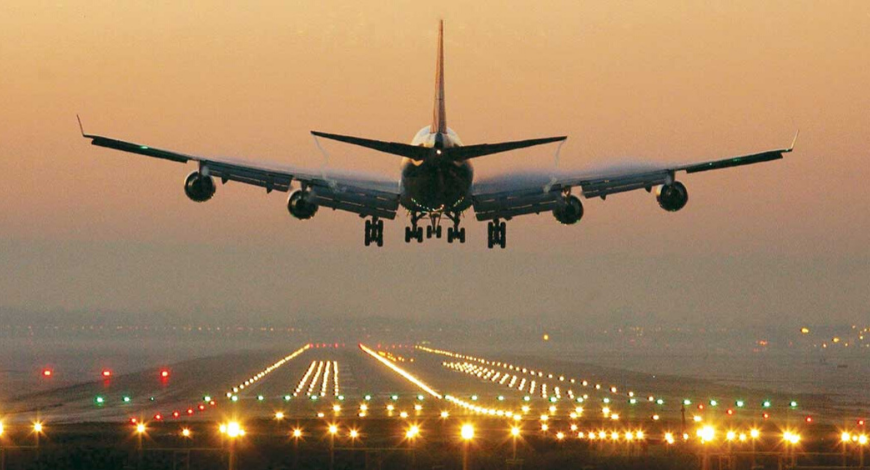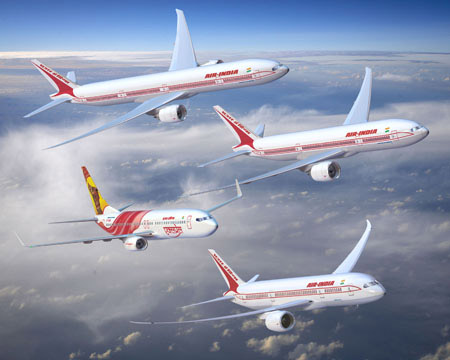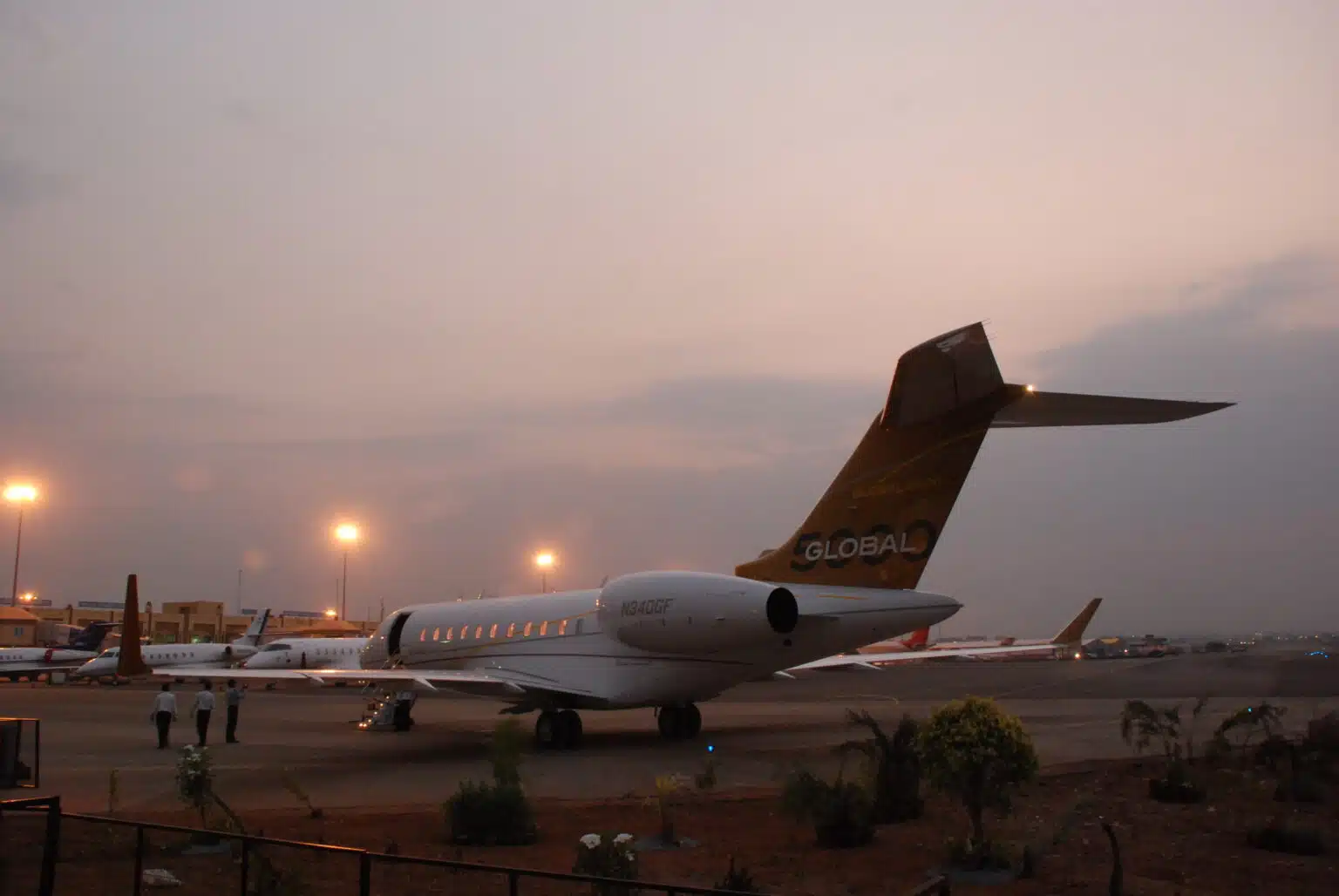As per the newly released analysis by the Singapore-based International Air Transport Association (IATA), India has shown promising signs in the aviation industry.
Table of Contents

As per the reports of IATA, New Delhi is one of the fastest-emerging markets in the world for the aviation industry. India is currently just about 2.2% less in terms of passenger revenue kilometres (PRK) compared to the pre-pandemic level.
1. What are the findings of the report?
When the pandemic struck in 2020, the worst-hit industry was the global aviation market. Due to partial or complete travel restrictions in various parts of the globe, both international and domestic flights were cancelled. Therefore paving the way for a downfall in the growth of the industry. However, for Delhi, the story is the other way around; owing to robust domestic air travel, India faced less of the wrath of the pandemic-imposed impediments.

In the report, it is stated that the company was leading from the front in terms of passenger load factor (PLF). Also surpassing the domestic air markets of the US, China, and Japan. New Delhi is also growing continuously in domestic passenger travel, that is, in passenger load factor (PLF), bringing the figures to a huge 81.6 per cent in February this year. The aviation industry in India, after the upliftment of the restrictions, has been growing at a fast pace, as per the data for the last four months. Globally, if we look, the PLF is approximately at 84% of the pre-pandemic time of 2019. This year, in February, the growth was 55% compared to the previous year.
2. How is India placed in the world?
For India, multiple factors are in its favour. The rapidly growing middle class creates massive demand for domestic air travel. Alongside the growing income of people, the lower fare of air travel, and the role of the private airline industry, the growth of the industry
As per the report, the “Asia-Pacific” region saw more than a 300% increase in the passenger load compared to the 2022 data, which shows that lifting restrictions have worked in favour of the aviation industry.
In India, Indigo is the largest airline company and dominates the domestic industry with a massive 35% control of the flights.
In a recent measure to bolster the Indian aviation industry, AirIndia announced its bid to purchase a record 470 aeroplanes from the European manufacturer Airbus and 220 from its US rival Boeing. Currently, due to the favourable state of the Indian aviation industry, major foreign players are vying for collaboration with India.

Singapore Airlines recently announced having a 21% share in the Air India group. In a historic deal lately, Air India was privatised as it was purchased by Tata Sons, the former owner of Air India, after it was nationalised in 1953 by the government of India.
3. What is the International Air Transport Association (IATA)?
The International Air Transport Association, also known as IATA, is the global body that came into existence in 1945, with its headquarters in Montreal, Canada. It holds a mammoth share of 85% of the total aviation industry. It is the umbrella organisation that checks the security, stability, and environment of aviation industries across the globe.

Although, at present, the number of passengers in India that travel by air is about 40 million, which is much less than the Chinese aviation industry, There is a lot of potential in the Indian aviation industry; however, it needs to be tapped with proper steps to yield favourable results.













